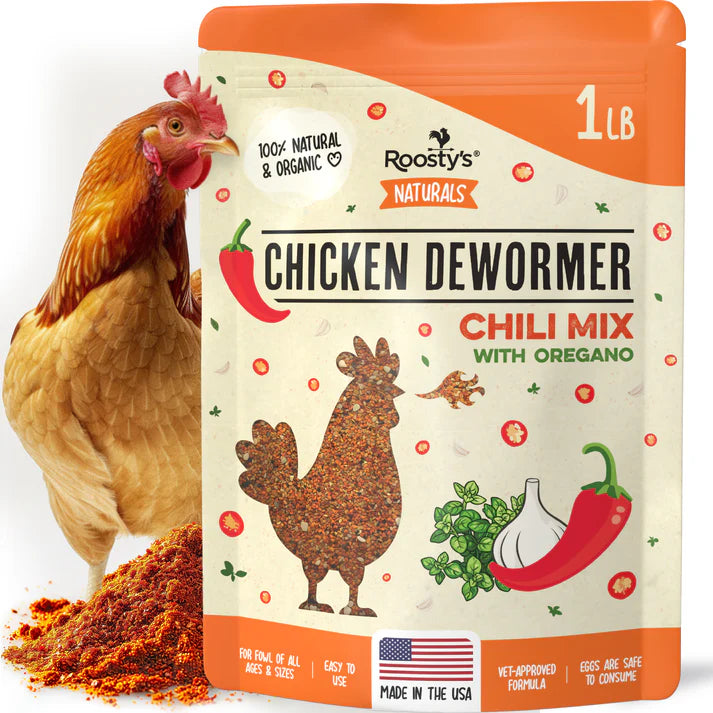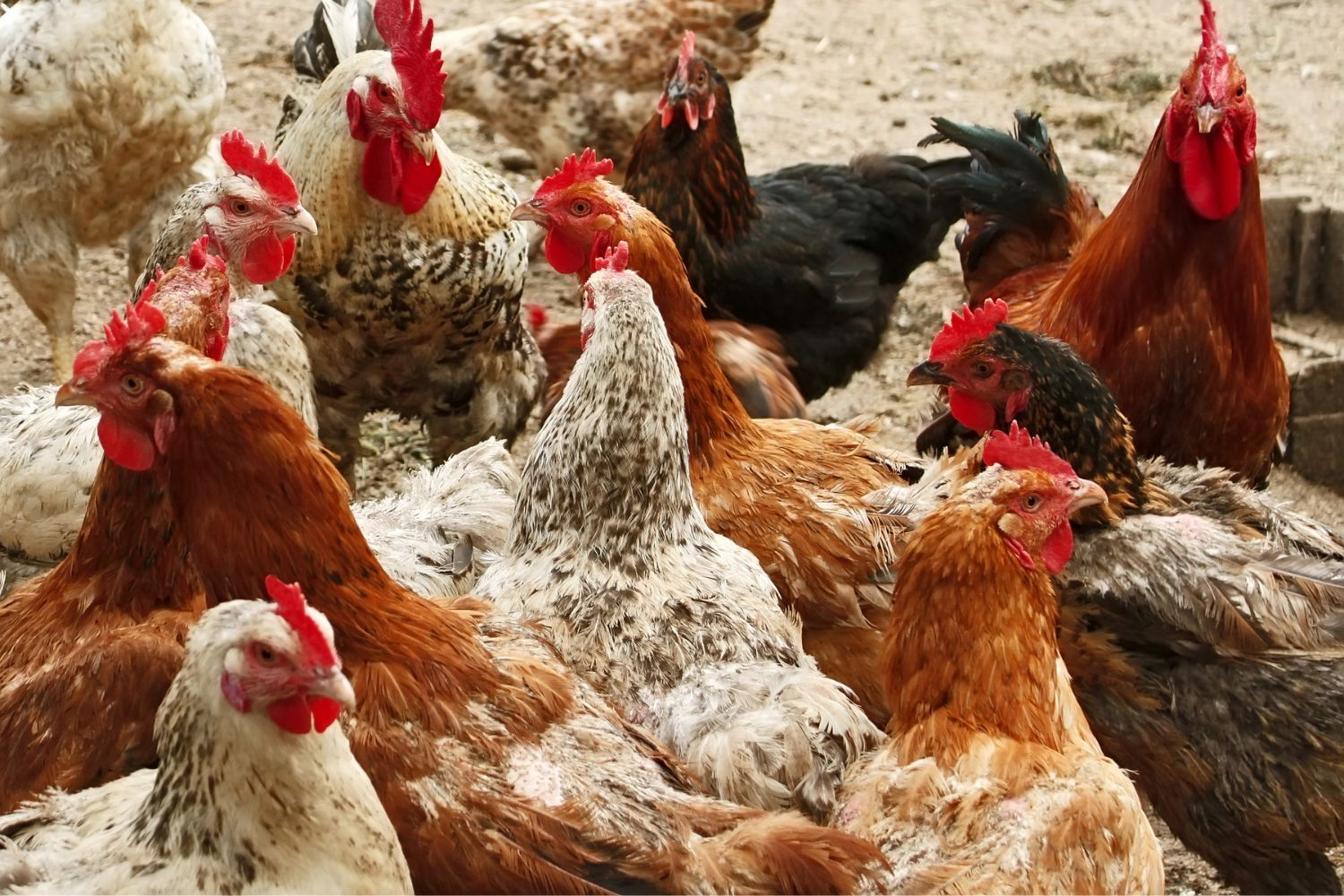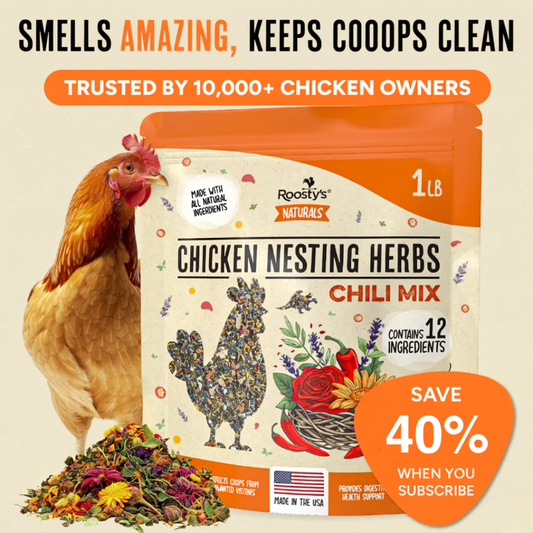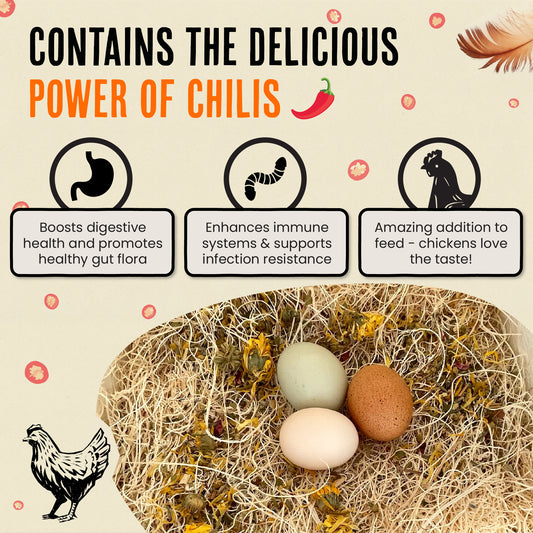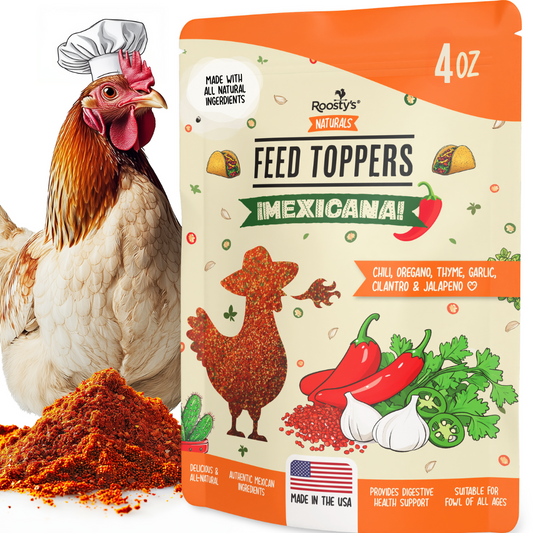
The Best Heater for Your Chicken Coop - Keep Your Feathered Friends Warm

The best chicken coop heater on the market is the Cozy Chicken Coop Heater. This unit balances safety, energy efficiency, and effectiveness in a way that no other product does.
We reached this conclusion after searching through dozens of competitor heaters, looking for a game-changer. As experts in chicken-related matters, we aimed to find units that reduce the risk of fire while keeping owners’ bills low.
This blog reviews our top chicken coop heaters across various categories. We also discuss how to choose the best unit for you, ensure coop safety, winter-proof your hen house, and explore various alternative heater technologies you might want to try.
Choosing the Right Chicken Coop Heater
Choosing the right chicken coop heater is one of the most important decisions you'll ever make – for your feathered friends, that is! Heating provides them with much-needed warmth on cold nights and throughout the winter, especially if you live in northern climates.
However, selecting the right heater is no easy task. It takes time, effort, and an understanding of the market. You don't want to hastily pick the first thing you come across.
Considerations you'll need to make include:
1. Heat Output
You'll need to choose a heater for your chicken coop that provides sufficient wattage to warm the interior. Most space heaters for large farms use around 1500 to 2500 watts. However, some models with more advanced technologies use as little as 200 watts.
2. Energy Efficiency
You'll also want to consider how effectively heaters convert electricity into usable heat for your birds. Heaters should maintain stable temperatures while avoiding overheating any of your birds.
3. Ease Of Installation
Ease of installation is another important consideration. Ideally, you want something you can install quickly without much tweaking. Many heaters are portable, allowing you to mount them anywhere. Others come with mounts for optimal positioning.
4. Durability
Durability is also a factor you'll need to consider. Do you require a heater that can provide heat consistently for years at a commercial level, or will something smaller suffice?
5. Power Source
The power source is another consideration. While most coop heaters use electricity, you might only have access to propane fuel.
6. Thermostatic Control
Finally, you'll want to consider thermostatic control: how well you can regulate the coop’s temperature. The best coop heaters make it easy to finely control the heating your chickens receive.
Best Heater Options for Chicken Coops

Best Overall: Cozy Chicken Coop Heater
At the top of our list is the Cozy Chicken Coop Heater. This product has gained popularity in recent months due to its remarkable 200-watt power consumption and heating efficiency.
Unlike regular space heaters, Cozy Chicken designed the system to emit gentle heat more safely. The device is essentially a portable, flat-panel coop heater.
The radiative design means it only warms areas that need it, avoiding overheating your birds, which is a risk with some other products. Cold chickens simply congregate close to it and leave when they feel warm.
Cozy Chicken equips its Coop Heater with a large, high-visibility on-off switch and a convenient in-cord fingertip controller. Operation is silent, and it comes with a built-in thermal protector to prevent overheating.
Pros:
- Minimal energy requirements
- Built-in safety features
- Portable and easy to carry
Cons:
- Heats only on one side
- Not designed to heat the entire coop
Best For Efficiency: H&G Lifestyles Chicken Coop Heater
The best for efficiency is the H&G Lifestyle Chicken Coop Heater. The brand designed this unit to prevent poultry from getting sick in the winter and to increase egg-laying by hens.
While it might not be the best chicken coop heater on this list, it does offer numerous features that make it highly attractive to buyers. First, it delivers temperatures between 120°F and 167°F using just 120 watts.
This makes it significantly less energy-intensive than practically any other product on the market. H&G estimates the heater costs less than $0.20 a day to run in most states, with some as low as $0.13.
Second, the heater can be mounted in two ways. You can orientate it either front or back on your coop walls, with screws and fitting attachments included.
Finally, the H&G heater incorporates a circuit fuse and dual thermostats for safety and more accurate temperature regulation. These features make it one of the best chicken coop heaters on the market.
Pros:
- Remarkably low energy usage
- Permits higher temperatures than some radiant heaters for chicken coops
- Easy installation
Cons:
- Will not heat the entire coop, only chickens nearby
Best For Safety: Shaledig 120 Watts Chicken Coop Heater
Lastly, we have the Shaledig 120W Chicken Coop Heater, our winner in the safety category. It comes with various features designed to enhance safety and reduce risks to your birds.
For instance, Shaledig equips the flat panel heater for chicken coop owners with a unique carbon interface. This technology distributes heat evenly over the surface, reducing the risk of dangerous hotspots.
The device also comes equipped with an automatic power-off system that will shut the product down if temperatures rise over 158F. The aim is to protect chickens and coops from fire.
Lastly, the Shaledig is suitable for a range of applications, including indoor use. A red on-off button on the side makes it easy to switch off without touching the burning panel.
Pros:
- Carbon heat-emitting panel for more even temperature distribution
- Minimal 120W energy usage
- Suitable for indoor applications
Cons:
- Can only heat up to four cubic meters
- May be too large for some smaller chicken houses
The Importance of a Thermostat in Your Chicken Coop Heater
Always choose a chicken coop heater with thermostat controls to keep your birds warm. These devices are essential for regulating the temperature in your chicken coop and ensuring your birds don’t overheat.
The problem with old heat lamps for chicken coops was that they didn’t offer proper temperature regulation. Owners would set them up at night, only to return the following morning to find their chickens seriously ill (or worse). Sometimes, they would heat bedding so much that they would cause a fire.
However, thermostats are essential for chicken coop heaters for a bunch of other reasons too. Benefits include:
- Improving energy efficiency by only heating the coop when needed
- Providing chickens with a consistent environment, which is essential for reducing stress and boosting egg production
- Allowing you to remotely monitor coop temperatures and intervene if necessary
Ensuring Safety: Choosing a Safe Heater for Your Chicken Coop

As hinted at above, not all chicken coop heaters are equally safe. Some older models can be downright dangerous, with many causing fires.
That's why it's critical to choose a heater with the proper credentials. Safe heaters for chicken coops should have Underwriters Laboratories (UL) certification (or certification from another trusted national body).
Products should have gone through a rigorous testing process, evaluating their performance under various conditions and assessing whether they cause fires.
However, even with certification, accidents can still happen. That's why it is critical to apply safe practices at home.
For instance, always place the heater well away from flammable materials, like straw bedding or wooden coop walls. Only mount it using manufacturer-recommended fittings, and secure it to the ground to prevent it from falling over if applicable.
Other heater safety precautions include:
- Using only electric heaters and avoiding those that use flammable fuels
- Not using any open flames in your chicken coop
- Ensuring you use cool-to-the-touch panels, not space heaters
- Regularly checking your power cord to ensure electrical safety
- Only using heaters designed for indoor use
Winter-Proofing Your Chicken Coop: Heating Solutions
Some research suggests chickens can survive in temperatures as low as 10°F - 20°F. However, most experts believe supplemental heat becomes necessary at 35°F. Yet, more studies find that chickens remain in “energy balance” (where they lose as much heat as they gain) between 60°F and 75°F.
Falling outside this range can lead to reduced egg production, disease, and other issues.
Chickens show signs of being cold when they huddle together or ruffle up their feathers and look hunched. A little cold stress for a brief period is okay, but too much can lead to death.
That’s why using various techniques to keep them warm is essential. Here are some options:
Deep Bedding Methods
One option is to use the eco-friendly “deep bedding method.” Here, you add new layers of bedding to your chicken coop over the old ones, leaving those lower down to rot and generate heat, keeping the hen house warm.
Sometimes it can work, but not always. You need the right microbial environment, and some winter nights might be so cold that it doesn’t provide chickens with enough warmth.
Insulation
You can also insulate your coop by adding padding to the ceiling, floors, and walls. Options include styrofoam, recycled insulation products, and scrap boards to prevent drafts.
Some bloggers provide detailed instructions, showing how they installed DIY insulation in their coops. But you can always get insulation pre-installed by bespoke chicken coop makers.
Heating Mat
Another option is to add heating mats under nesting boxes and perches. These work similarly to old-fashioned heated blankets – the type your grandma might use. An electric current passes through internal wires under resistance, generating warmth and providing much-needed ambient heat.
Wind Breaks
You can also try experimenting with windbreaks. These won’t heat the coop directly. However, they will reduce draftiness and help chickens retain more body heat inside the hen house.
Infrared Heat Lamps
Finally, some believe infrared lights are the best way to heat a chicken coop in an emergency (i.e., if your regular panel heater breaks down). Take time to install them correctly and keep them away from any flammable materials.
Attach them to the top of the coop and ensure your birds can’t come into direct contact with the bulb.
Radiant vs. Ceramic: Which Heater is Best for Your Chicken Coop?
A radiant heater is a heating unit that emits infrared radiation to warm the coop. Energy travels from a light source in the device into the walls, floor, ceiling, and chickens, heating all surfaces.
On the other hand, ceramic heaters use convection to warm the air in the coop. Elements inside the unit heat up, drawing in cool air from below and expelling warm air from the top.
Using a ceramic heater for chicken coop purposes can work, but you need to be safety-conscious. While most manufacturers equip units with overheating and tip-over protection, they still contain hot elements and open flames. Infrared panel heaters do not and are cold to the touch, even when operational.
The main reason for using ceramic heaters is that they can heat larger coops. Convection circulates hot air throughout the entire volume of the space, warming all the birds inside.
In contrast, radiant heaters work better in smaller coops. Infrared radiation heats chickens’ bodies and the coop structure, instead of flowing outside in the form of hot air.
Ultimately, it’s a trade-off between warming capacity and safety. Ceramic heaters can heat larger coops but require careful setup and placement to minimize fire risk and tipping onto chickens. Radiant heaters provide less overall heat but offer greater energy efficiency and far fewer safety issues.
Flat Panel Heaters: Efficient Heating for Chicken Coops
Ultimately, flat panel heaters are the best chicken coop heaters for winter for most people. While they might not have the heating power of convection-based devices, they are safe, reliable, and efficient.
But what makes them so efficient? It all comes down to the inherent efficiency of radiant heat technology, which functions similarly to the sun. These devices can convert up to 98% of the electrical energy running through them into heat energy, transmitting it through the air and then using it to warm surrounding solid objects.
This approach works better than conventional convection-based heating because it doesn’t rely on a perfectly sealed chicken coop. Even if air flows out, the chickens can remain warm.
Final Verdict
Our view is that the Cozy Chicken Coop Heater is the best option on the market right now. We loved its portable design, low energy use, and built-in safety features. While it isn’t powerful enough to heat a large coop, it is appropriate for the smaller chicken houses most owners use.
Buy the Cozy Chicken Coop Heater today and let your birds start feeling the benefits immediately.
